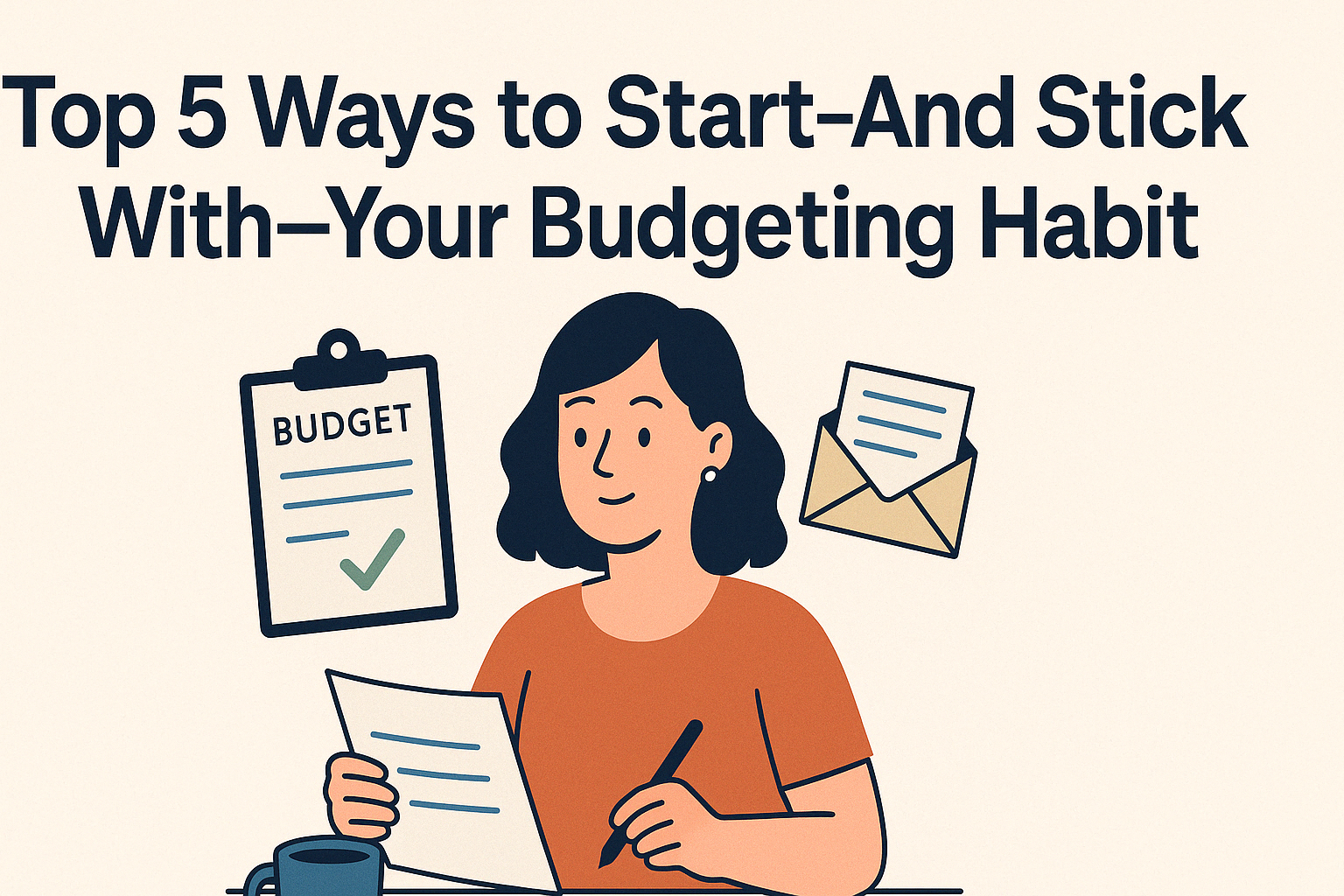Top 5 Ways to Start—and Stick With—Your Budgeting Habit

If you’ve ever opened a budgeting app with good intentions… and never touched it again, you’re not alone. Most people don’t fail at budgeting because they’re bad with money. They fail because no one taught them how to build the habit.
That’s where Astreos comes in. Here are five no-pressure ways to build your budgeting muscle and actually enjoy the process.
1. Start With What You Have Right Now
Instead of trying to forecast the whole year or worry about future income, focus on the money you already have. Your latest paycheck is the only starting point you need.
Why it works:
Astreos is built around pay periods, so you’re always budgeting real dollars, not hypotheticals.
2. Log One Thing Per Day
Start small: just write down one expense per day. Don’t stress about categories or backlogs. The goal is consistency, not perfection.
Try this:
Set a recurring reminder at night: “Log one purchase in Astreos.” That’s it.
3. Add Your Bills First
Recurring bills are predictable—and the easiest way to give your budget structure. Once you enter them in Astreos, you’ll see your money start to take shape around real obligations.
Bonus:
Astreos will help you keep track of due dates within each pay period, no mental gymnastics required.
4. Reflect at the End of Every Pay Period
One of the most powerful features in Astreos is the “Close Out” flow. It gives you a chance to review, roll over anything you didn’t get to, and prep for the next cycle.
This moment matters:
Reflection builds self-awareness. Self-awareness builds better habits.
5. Make It Personal
Your budget isn’t supposed to look like anyone else’s. Whether you’re building savings, avoiding overdrafts, or just trying to stop stress-spending on takeout, Astreos molds to you.
No shame. No rigid rules. Just progress.
Final Thoughts
Budgeting isn’t about being perfect—it’s about being present with your money. With Astreos, you’ll always start from where you are, and get better one pay period at a time.
So go ahead—add that first bill, log an expense, and close out your next pay period. You’ve got this.